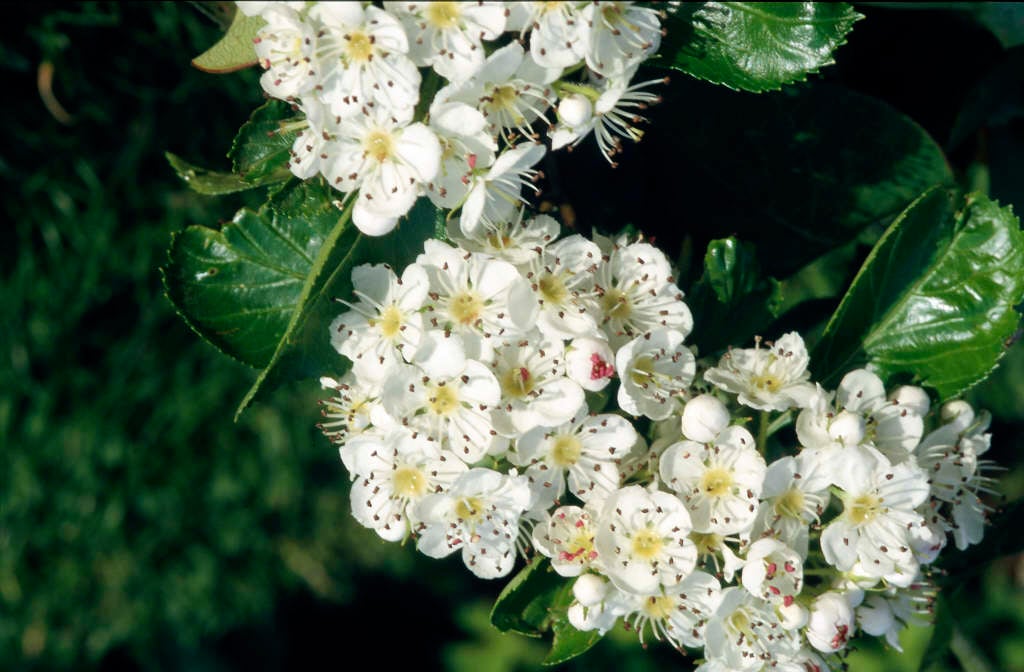Crataegus persimilis 'Prunifolia'
plum-leaved thorn
A small, broad-crowned deciduous tree with long thorns and glossy broad-oval leaves which turn a dramatic red and orange colour in the autumn. White flowers in spring are followed by deep red fruits in the autumn
Other common names
broad-leaved cockspur thorn 'Prunifolia'Size
Ultimate height
4–8 metresTime to ultimate height
20–50 yearsUltimate spread
Wider than 8 metresGrowing conditions
Moisture
Moist but well–drained, Well–drainedpH
Acid, Alkaline, NeutralColour & scent
| Stem | Flower | Foliage | Fruit | |
| Spring | White | Green | ||
|---|---|---|---|---|
| Summer | Green | |||
| Autumn | Orange Red | Red | ||
| Winter |
Position
- Full sun
- Partial shade
Aspect
South–facing or North–facing or West–facing or East–facing
Exposure
Exposed or Sheltered Hardiness
H7Botanical details
- Family
- Rosaceae
- Native to GB / Ireland
- No
- Foliage
- Deciduous
- Habit
- Bushy
- Potentially harmful
- Seeds contain toxins so these should be removed if you are considering eating the fruit, usually grown as an ornamental shrub Pets: Fruit are ornamental - not to be eaten - see the HTA guide to potentially harmful plants for further information and useful contact numbers
- Genus
Crataegus are deciduous trees and shrubs, usually with spiny branches, lobed or toothed leaves, and clusters of creamy-white flowers followed by red or black fruits. Some have fine autumn colour
- Name status
Accepted
How to grow
Cultivation
Grows well in most soils in sun or partial shade
Propagation
Propagate by seed or grafting
Suggested planting locations and garden types
- Cottage and informal garden
- Low Maintenance
Pruning
Pests
May be susceptible to caterpillars, gall mites and aphids
Diseases
Generally disease-free but may be susceptible to a leaf spot, fireblight and honey fungus
Get involved
The Royal Horticultural Society is the UK’s leading gardening charity. We aim to enrich everyone’s life through plants, and make the UK a greener and more beautiful place.
